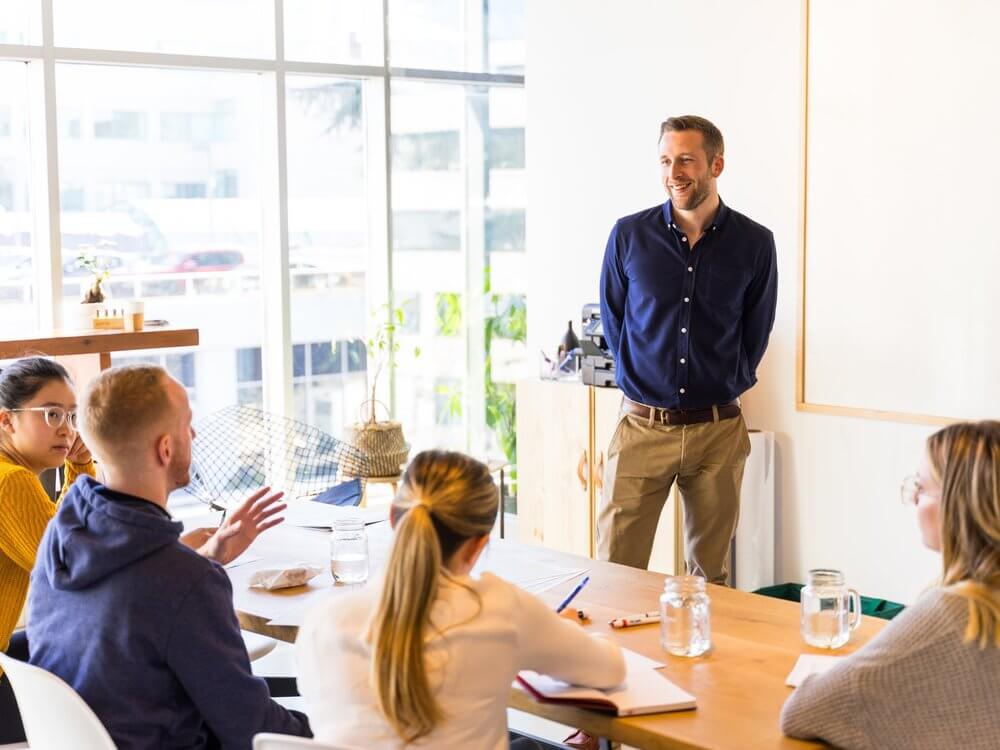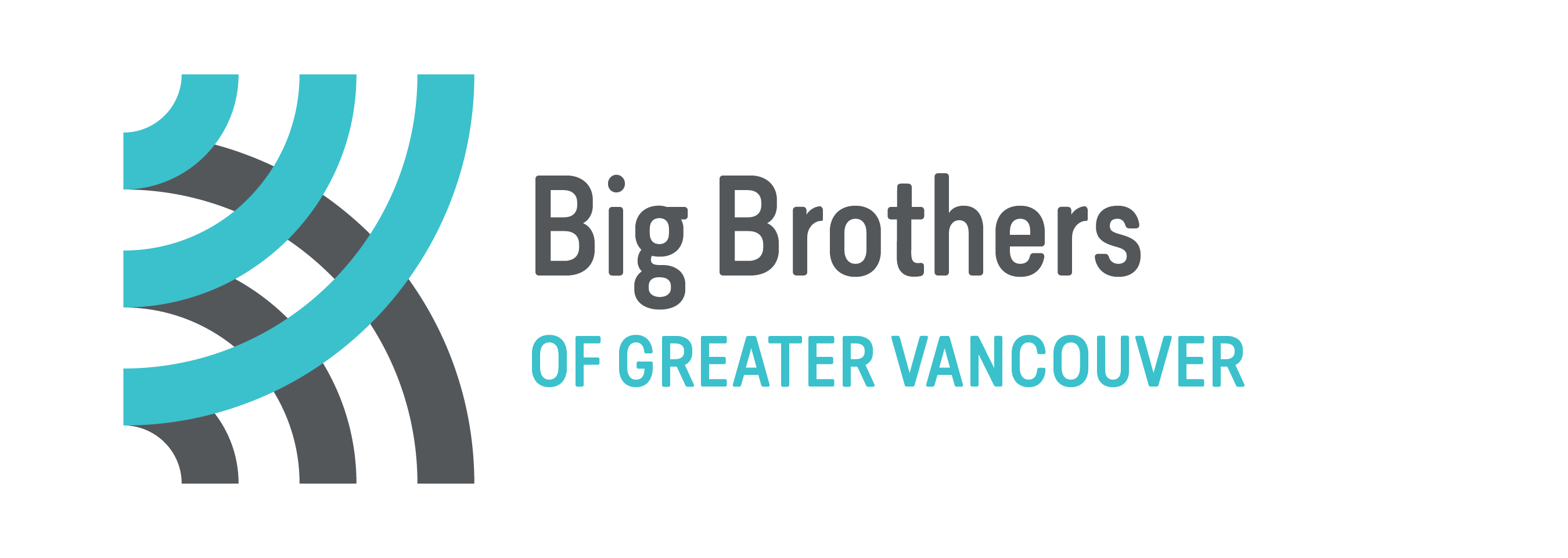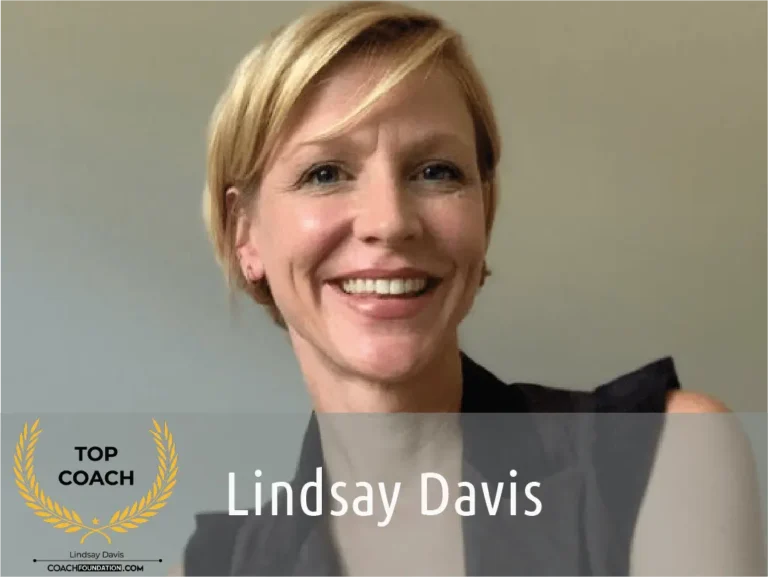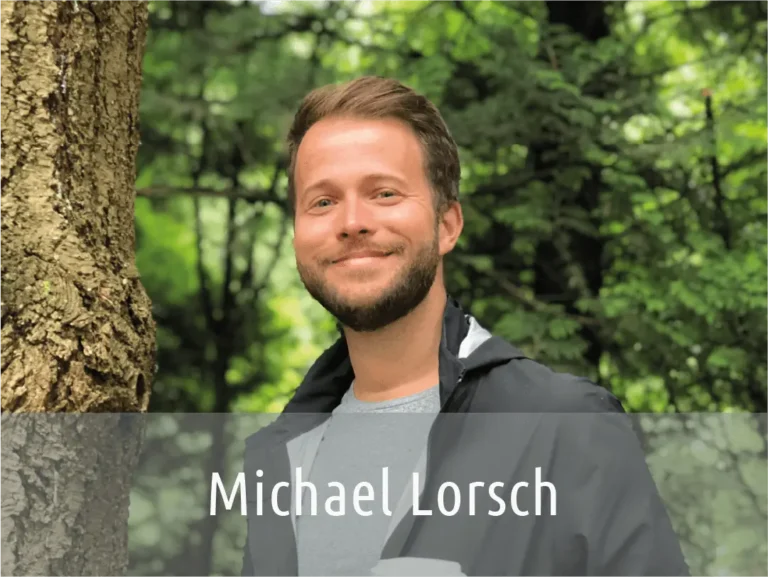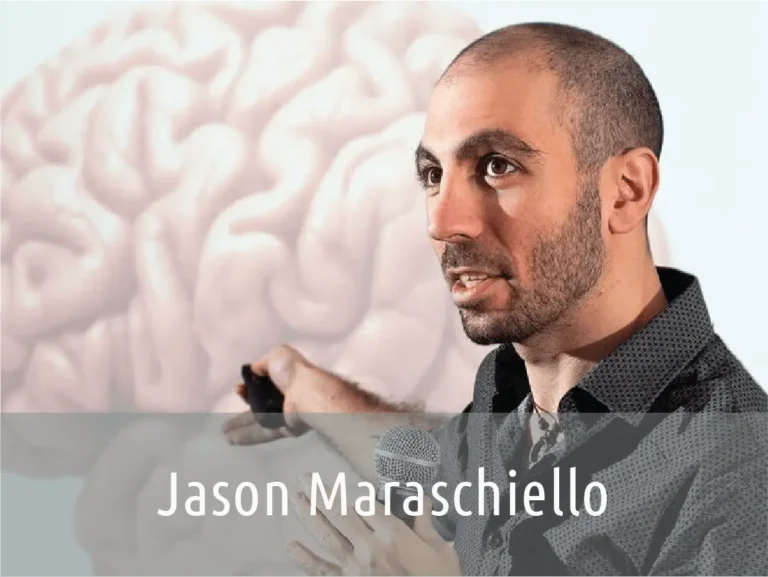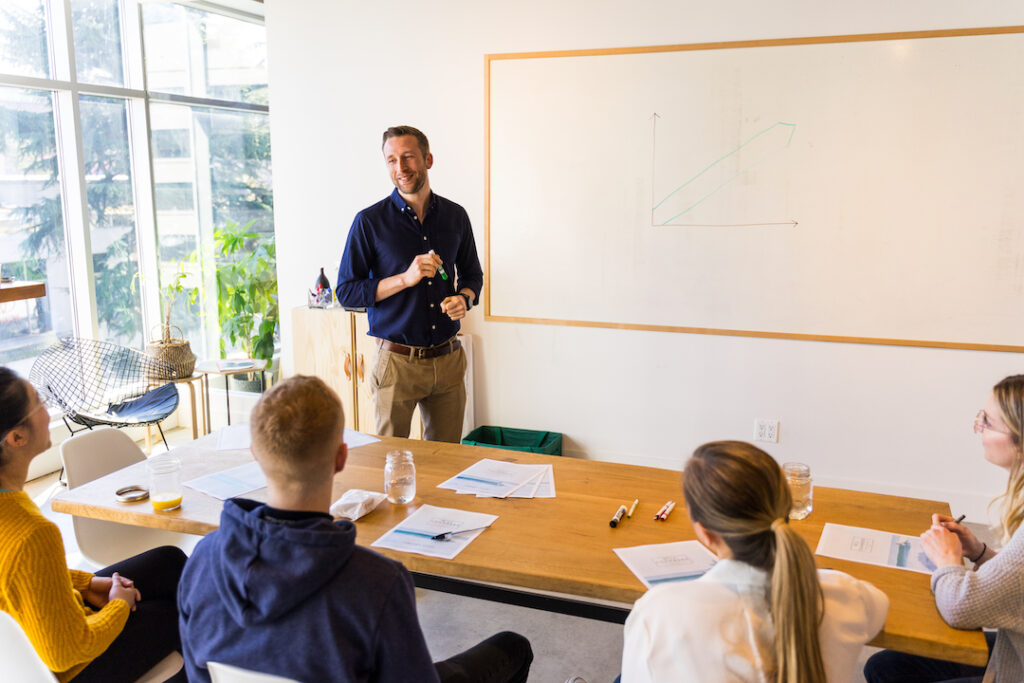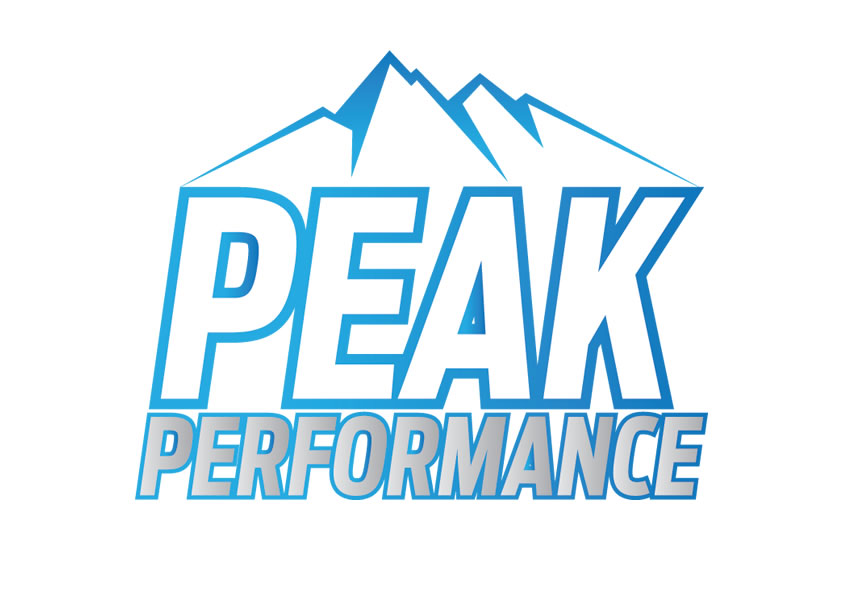What is a Facilitator?
Simply put, a facilitator is someone who helps a group of people to work together more effectively. At Positive Impact, we create environments where individuals and teams can thrive! Where the whole is far greater than the sum of its parts. We believe that given the right environment, participants can show up as their best selves and contribute excellence.
Facilitators provide groups with structure and guidance to invite attendees to exceed goals by making their own decisions and using their own ideas and inputs.
Facilitation can be used in a variety of settings, from business meetings and conferences to more informal settings such as community groups or social clubs. A facilitator can help a group to brainstorm ideas, debrief after a project, support process improvement, communicate more effectively, and reach agreements on challenging decisions. As well as help encourage a culture shift to better reflect a vision and mission statement and foster a greater sense of purpose and resilience within a workplace
There is no one-size-fits-all approach to facilitation; the style of facilitation will vary depending on the needs of the group and the type of meeting or event. However, there are some basic principles that all fantastic facilitators should follow.
- Create an environment conducive to learning and development
- Be impartial and unbiased
- Create a safe and welcoming environment (physically and emotionally)
- Encourage open communication and bravery
- Help the group to stay on track
- Summarize progress and decisions made
- Ensure that the group leaves the session knowing the next steps
What Facilitators don’t do
- Outside of setting the direction, they don’t tell people what to do. They help groups figure out what they want to do and how to do it best.
- They don’t make decisions for the group. They help the group come to agreements about what to do.
- They don’t lead the discussion. They help keep the discussion on track and make sure everyone has a chance to participate.
- They don’t have ALL the answers. They can provide knowledge, ideas and ways of working, but mainly they help groups find their answers.
- They don’t do all the work. It’s not a lecture; they help groups divide the work and get it done.
However, they’re experts at:
Curating the environment
Transformation is 75% logistics… When it comes to setting up their meeting space, facilitators have some key considerations in mind. First and foremost, they want to create a comfortable space, inviting, and safe for all participants; this is applicable psychologically as well as physically. This means choosing a location that is convenient and accessible for everyone, as well as making sure the space is well-lit with natural light and free of distractions.
Next, facilitators and companies often schedule meetings “offsite” to provide a more relaxed and informal setting. This can help encourage open communication and collaboration among attendees. Additionally, meeting in a new environment can help refresh perspectives and spur creativity.
Of course, there are logistical considerations to consider as well. If the team is large, it may not be possible to find a meeting room that can accommodate everyone. If the team is spread out geographically, an off-site meeting may be the only way to get everyone in the same place. Alternatively, digital Zoom or hybrid meetings also have a time and place.
Writing the agenda
When it comes to setting the agenda for a meeting, facilitators have a few different options. They can either use a pre-determined agenda that’s been set by the organization or company, they can come up with their own agenda based on the needs of the group, or they can use a combination of both in consultation with the company.
No matter what method they choose, the goal is always the same: to ensure that the meeting is productive and that all attendees can participate to the best of their ability.
One of the most important things to keep in mind when setting an agenda is to be clear about what the objectives of the meeting are. This will help to determine which topics need to be covered and how much time should be allotted for each.
Guiding the discussion
Guiding conversation and collaboration can be tough – especially when you’re trying to keep a group of people on track.
Here are a few tips to help you facilitate effectively:
1. Establish community guidelines
This will help everyone feel comfortable participating and will prevent any conversations from getting out of hand. A conversation should take place whereby the attendees co-create these with the facilitator. By co-creating the community guidelines, attendees will feel more engaged with them and keep each other accountable. We can only be at our best when we’re feeling psychologically and physically safe, without the fear of being shot down.
Some common ground rules include:
- Be respectful
- Stay on topic
- Listen to others
- Be here now (be present)
- Step up; Step back. (Have your say and listen to others)
- Shift judgment to wonder
- Seek first to understand, then to be understood.
2. Keep an open mind
This doesn’t mean that you must agree with everything that’s said, but it does mean that you should be open to hearing different perspectives. If you’re too close-minded, it will be difficult to guide the conversation in a productive direction.
3. Ask great questions
Asking great questions is an excellent way to keep the conversation flowing. By asking probing questions at the right time, you can encourage others to share their thoughts and ideas. However, be careful not to ask too many questions – you don’t want to come across as interrogating.
4. Summarize key points and actions
Periodically summarizing the key points and actions that have been discussed will help to keep everyone on the same page and accountable. This is especially important in longer conversations or collaborations. By summarizing, you can ensure that everyone is still on track and that nothing has been missed.
5. End on a positive note
Ending the conversation or collaboration on a positive note keeps everyone engaged. Thank everyone for their participation and encourage them to continue the discussion outside of the meeting. This will leave everyone feeling positive and motivated to continue working together.
Taskmasters and record keepers
When you’re facilitating a group, it’s important to make sure that you record the outputs of the session. This will ensure that all the work is followed up on and that nothing falls through the cracks. It also allows you to evaluate the effectiveness of the facilitation and make improvements for future sessions.
There are a few different ways that you can record the outputs of a facilitation. One is to simply take notes yourself and then share them with the group afterward. This can be a good option if you’re comfortable with taking notes and keeping track of everything that’s being said.
Another option is to use audio or video recording. This can be helpful if you want to be able to go back and review the session later or if you want to share the recording with other members of the team.
Finally, you can use a facilitation tool like Mural or Realtime Board. These tools allow you to capture ideas and thoughts as they’re being shared, which can help keep track of everything that’s being said.
Whichever method you choose, it’s important to make sure that you’re recording the outputs of the session so that you can follow up on the work afterward. This will ensure that the facilitation is effective and that nothing falls through the cracks.
Evaluators and reflectors
As a facilitator, it’s important to continually assess and reflect on your meetings to improve the overall process and outcome. This not only benefits you as the facilitator but also ensures that the meeting attendees have a more positive and productive experience. A facilitator must be committed to continual learning and curiosity. Only then will they be able to provide the best experience for the attendees.
There are many ways to evaluate a meeting; facilitation goals and intentions should be set with leadership prior to the session. Some key factors to consider include:
- Ask the participants at the end of the session what they ‘Liked’ and what they ‘Wish’ for next time
- Did the meeting accomplish its objectives?
- How well did the attendees participate?
- Was the meeting well organized and managed?
- What went well and what could be improved?
Reflecting on these factors will help you to identify areas where you can make changes to improve future meetings. For example, if you find that attendees are not participating as much as you would like, you may want to consider changes to the format or structure of the meeting.
Know that everything can change very quickly. An experienced facilitator will be able to think on their feet and act with the group’s best interests in mind.
In closing, hiring a facilitator can help you run your business more effectively and efficiently. They can help you to keep your meetings organized and on track, while also providing valuable insights and perspectives that you may not have considered otherwise. In addition, a facilitator can help you to create a more cohesive team by facilitating communication and interaction between team members.
